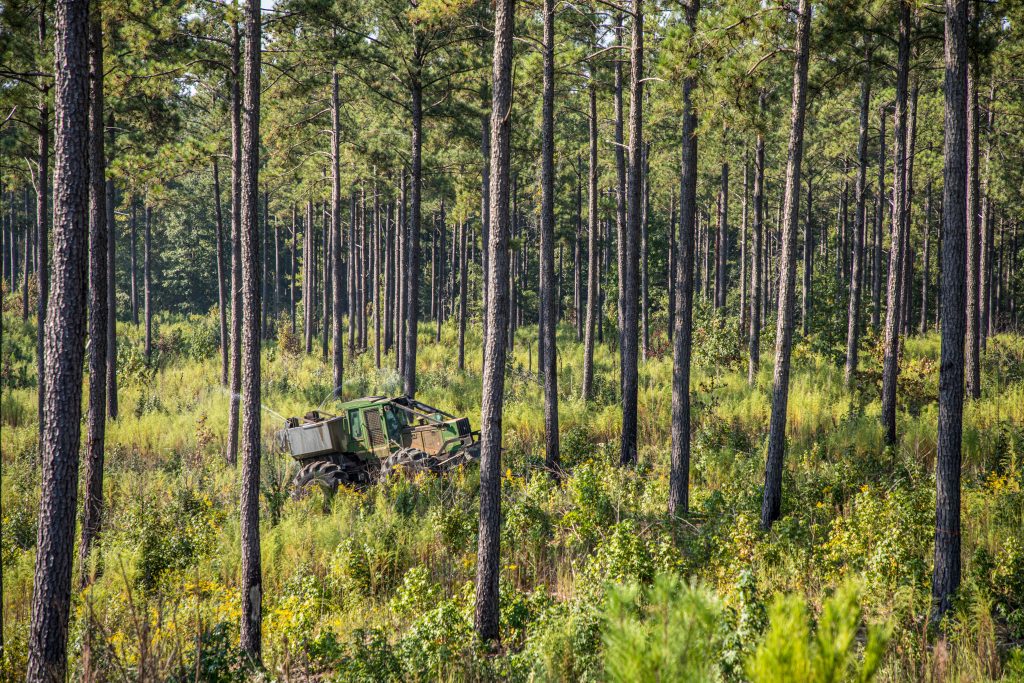Dispelling the Stigma around Forest Management
There’s often a general misconception surrounding forest management practices, equating forest management with deforestation, two completely different things.
Simply put, deforestation eliminates a forest from the landscape, and forest management conserves the forest into perpetuity and benefits the wildlife that inhabit it and the people who use it.
But where does the misconception between forest management and deforestation come from? There’s no telling where the exact root is (no pun intended), but it probably stems (again, no pun intended) from similar methods…
“Land clearing for development, without regard to wildlife or the greater ecological impact, is deforestation,” said Doug Little, NWTF director of conservation operations in the East. “However, when logging is done in accordance with science-based forest management, it diversifies the age-class of the forest, which makes the landscape not only healthier and more receptive to natural disturbances, but it also makes habitat much more viable for wildlife. In essence, we are mimicking the natural disturbances that have been occurring throughout time.”
Be it wind events or naturally occurring wildfires, forests across America have evolved with some disturbance that sets the growth stage of the forest back in succession. Wildlife, too, have evolved and depend on these naturally occurring disturbances.
“European settlement of America sort of threw a wrench in these natural disturbances,” Little said. “From introducing invasive species to extinguishing naturally occurring wildfires, we inadvertently altered the landscape. We know now that to reconcile, we must mimic mother nature’s disturbances to promote the young forest and early successional habitat that wildlife need. When we do this with wildlife and the overall health of the forest in mind, it benefits the entire landscape.”

What do these forest management techniques look like? They can vary greatly depending on the specific habitat type. Here are some standard management techniques the NWTF implements alongside our partners to improve wild turkey habitat and forest health:
· Invasive species control
· Controlled burning
· Selective harvesting
· Tree planting
· Forest thinning
· Creating wildlife openings
· Seeding wildflowers, grasses and forbs
The next time you walk through a national forest, wildlife management area, etc., and see a large area that has been logged, fret not. That is the work of conservation-minded organizations and agencies using sound science to conserve the forest for you and wildlife alike.
CONNECT WITH US
National Wild Turkey Federation
770 Augusta Road, Edgefield, SC 29824
(800) 843-6983
National Wild Turkey Federation. All rights reserved.
